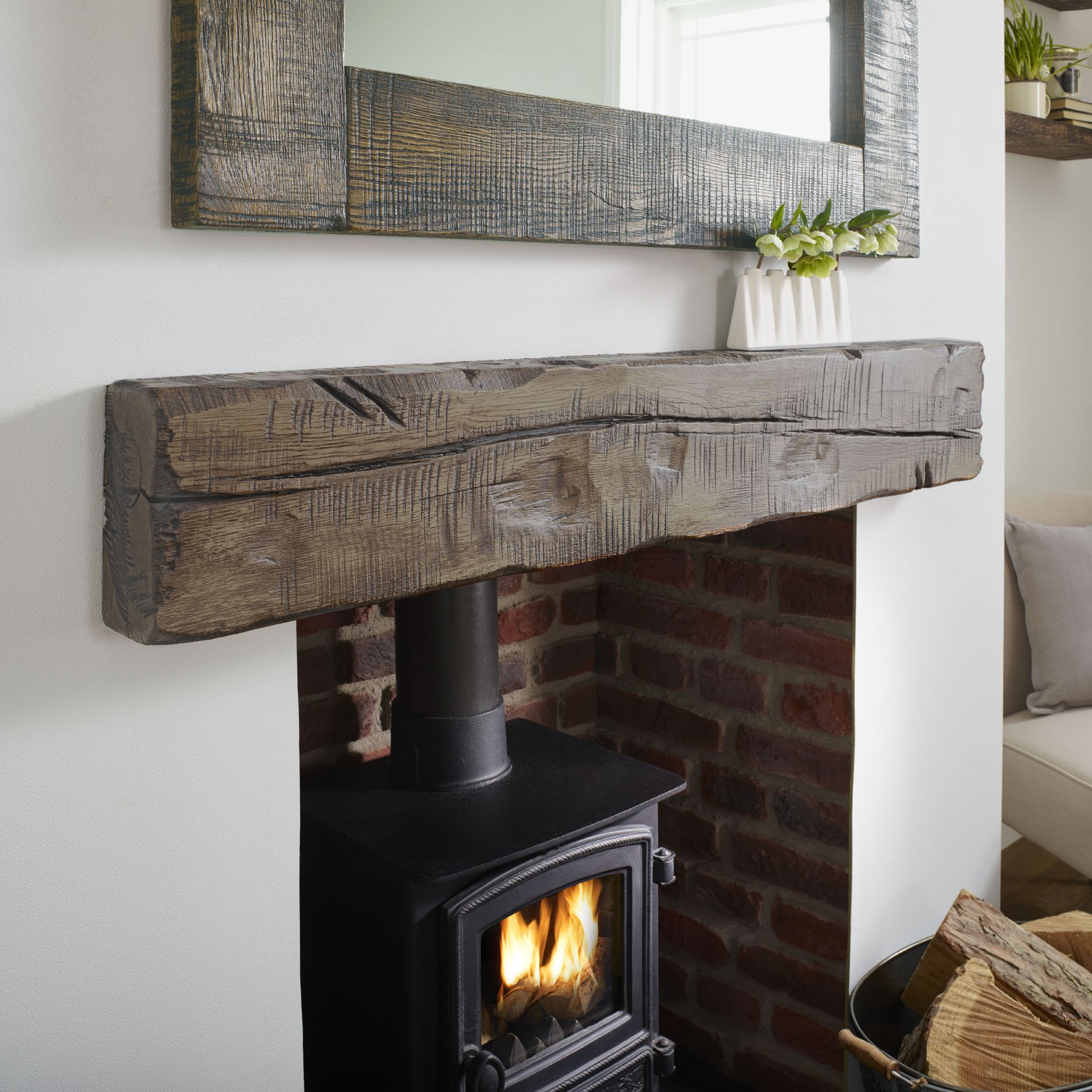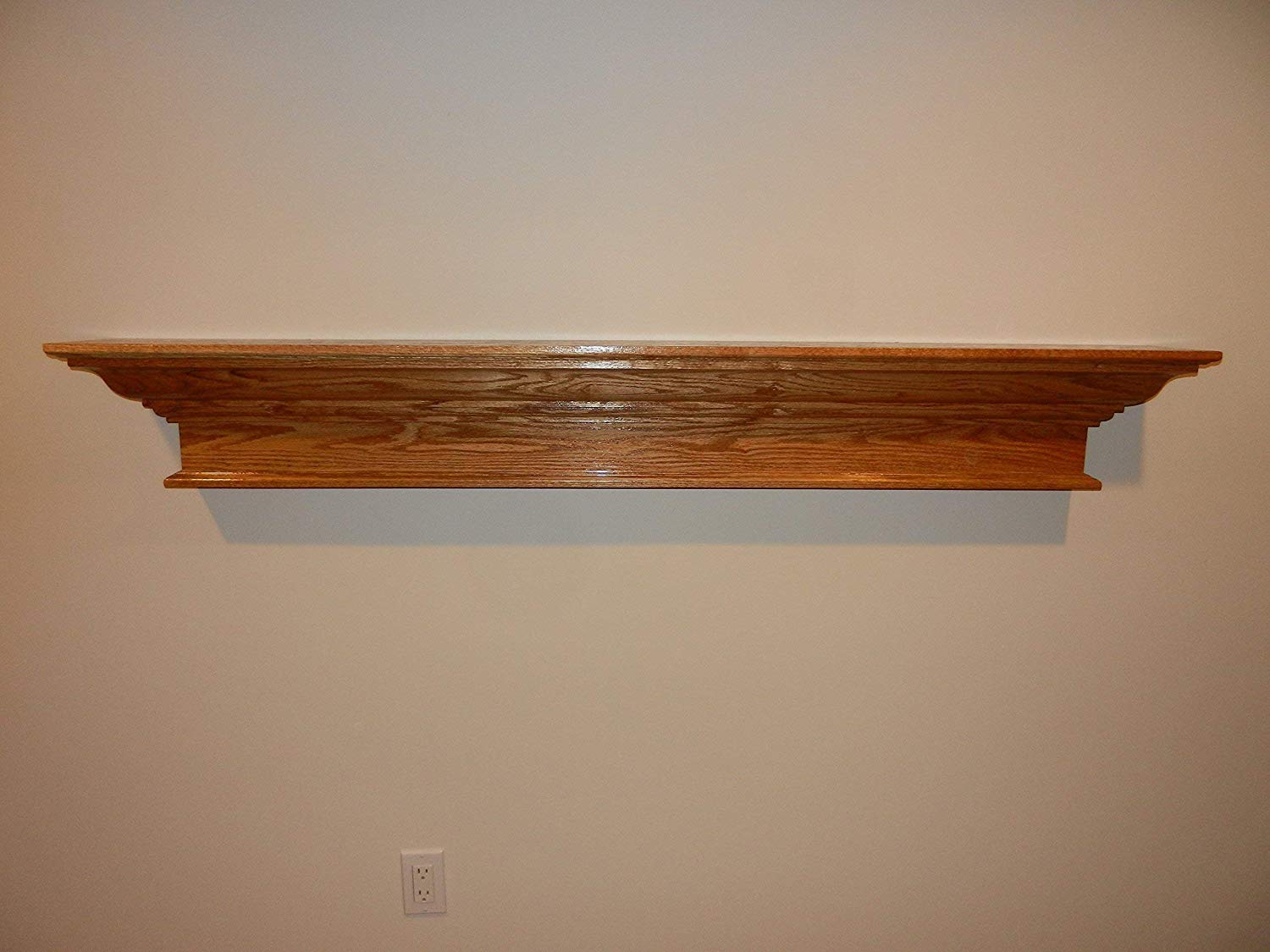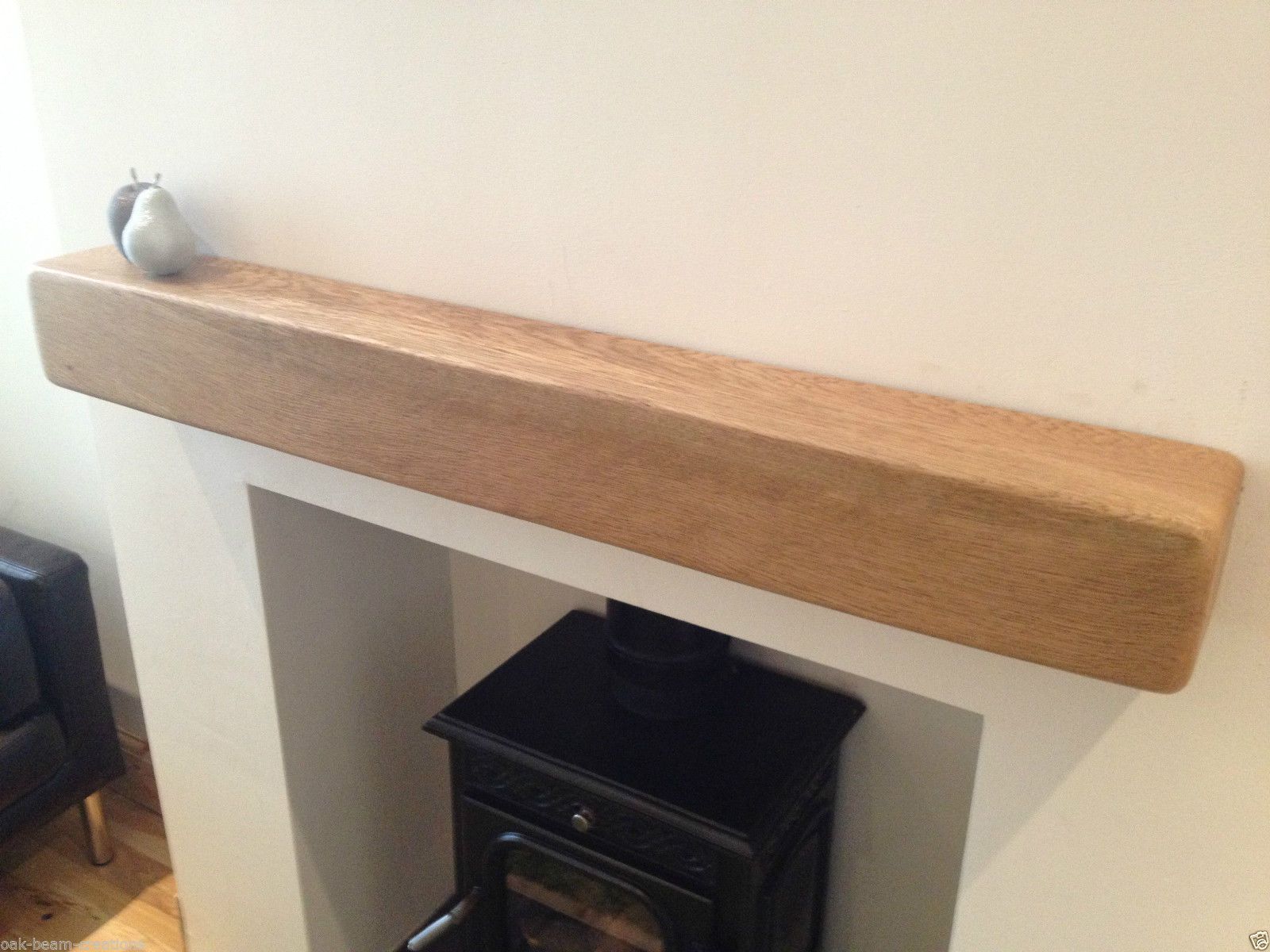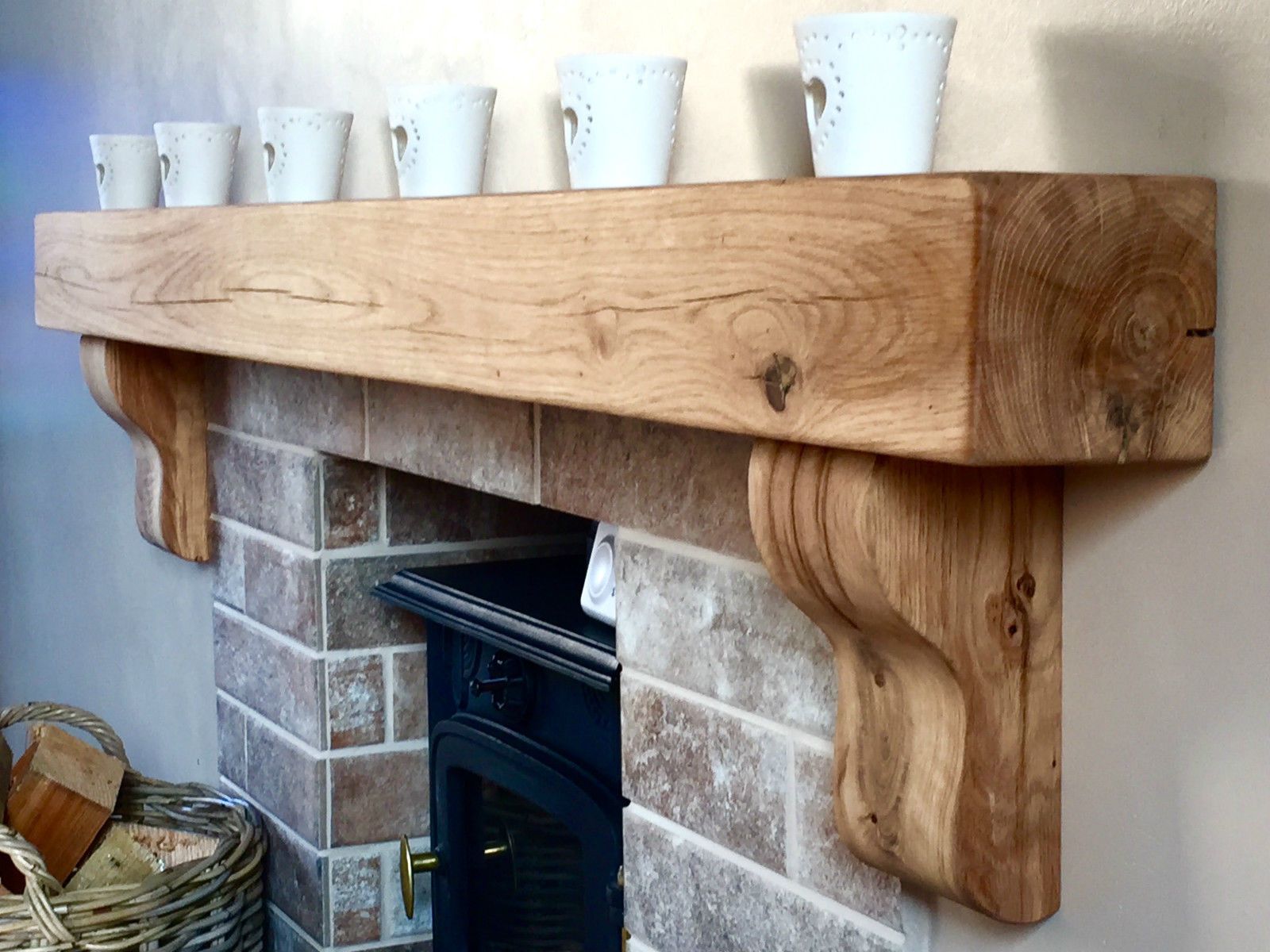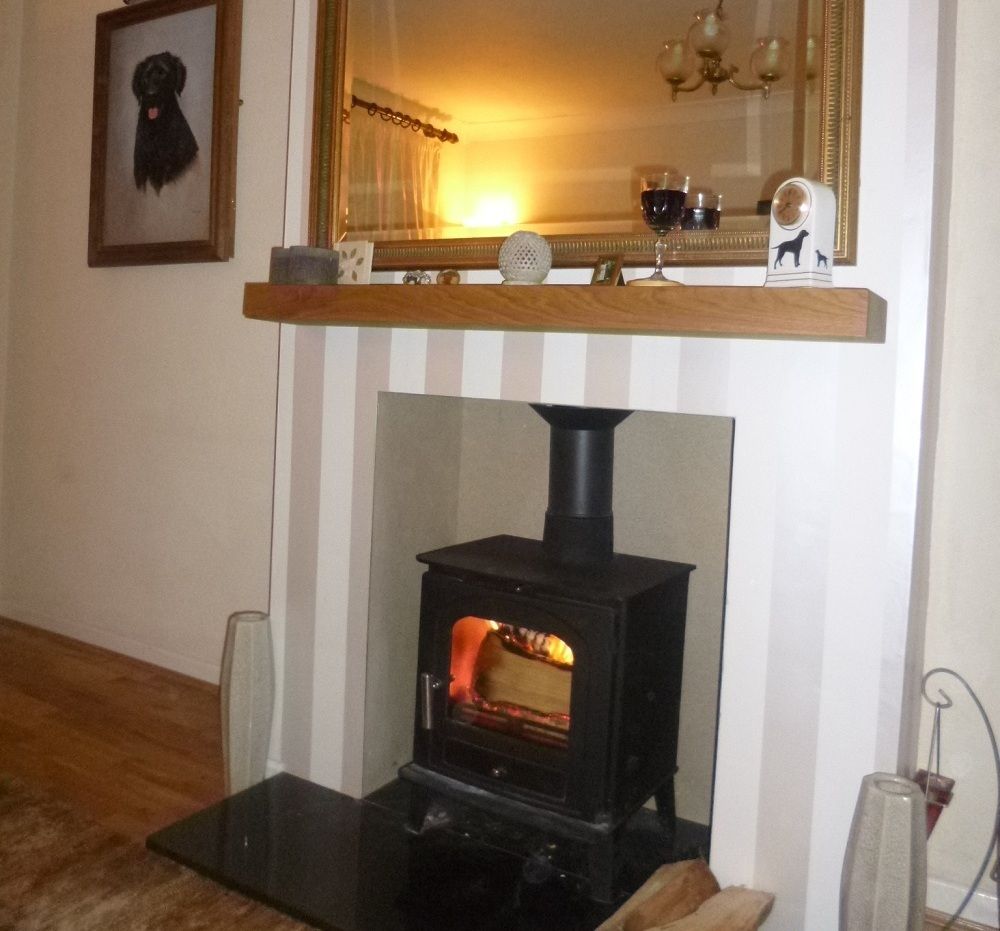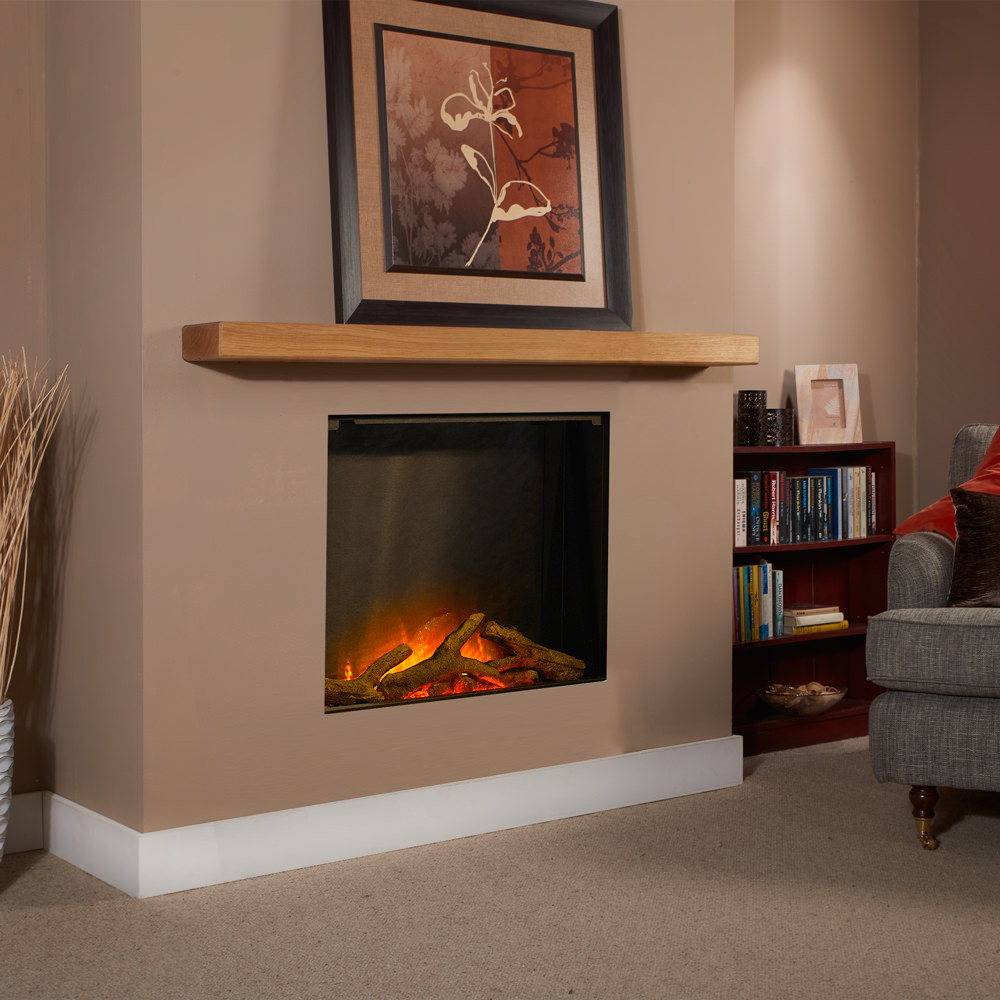You will certainly likewise have to choose whether to buy a custom-made rack or one that you can set up by yourself and furthermore you require to additionally identify where to find your shelf. Be sure that the shelf you choose can birth weight of all the things you intend on putting on the rack and gauge the shelf to make sure that it is large sufficient to save whatever it is that you wish to shop.
Regardless of which location the shelving is mount in the outcome will certainly be an extremely pleasant enhancement to the space. The charm and toughness of attractive racks made of glass as well as glass application by those thinking about effective garage organizing make them an initial selection by home owners and house dwellers that desire a stylish but durable remedy to a shelving issue. Whether choosing a 3 rate or 4 tier stand-alone glass shower shelves, frosted glass edge racks that need to be bolted to the bathroom wall surface with steel brackets for stability or solidified glass panels with the ability of standing up to 2 hundred and also fifty extra pounds for the garage, the satisfaction enjoyed from the attractiveness as well as simplicity of upkeep can be taken pleasure in for an extremely long time. Glass shelves are a real decorative as well as functional industrial advantage that shows a development of taste and also knowledge.
One of the shocks concerning timber racks is that they can be as private to personal preferences as the collectibles they display. A good woodworker can create via milling and also shaping some extremely excellent items. Time to concentrate on a few of the advantages of wood wall racks and the value they bring to your home.
The wall shelving system is terrific due to the fact that it is typically mobile, shoved versus the wall but doesn't need to be. You can store every little thing from pottery supplies to potting dirt, to natural herb gardens! They make your space much more organized since you can take points off the floor and pile them on the racks. You can also put a tac in the middle and also hang things at different levels for an imaginative result! You can find these wall shelving units practically almost everywhere as well as they are not very costly. They come in steel or plastic, as well as a selection of other materials. Metal as well as wood are very durable, and metal shelves on steel frames are the most strong and also easy to tidy. Look around for the ideal rate. Usually you can pile several racks close to each other and even in front of each other for even more area. Some retail stores use these to hold their products also!
